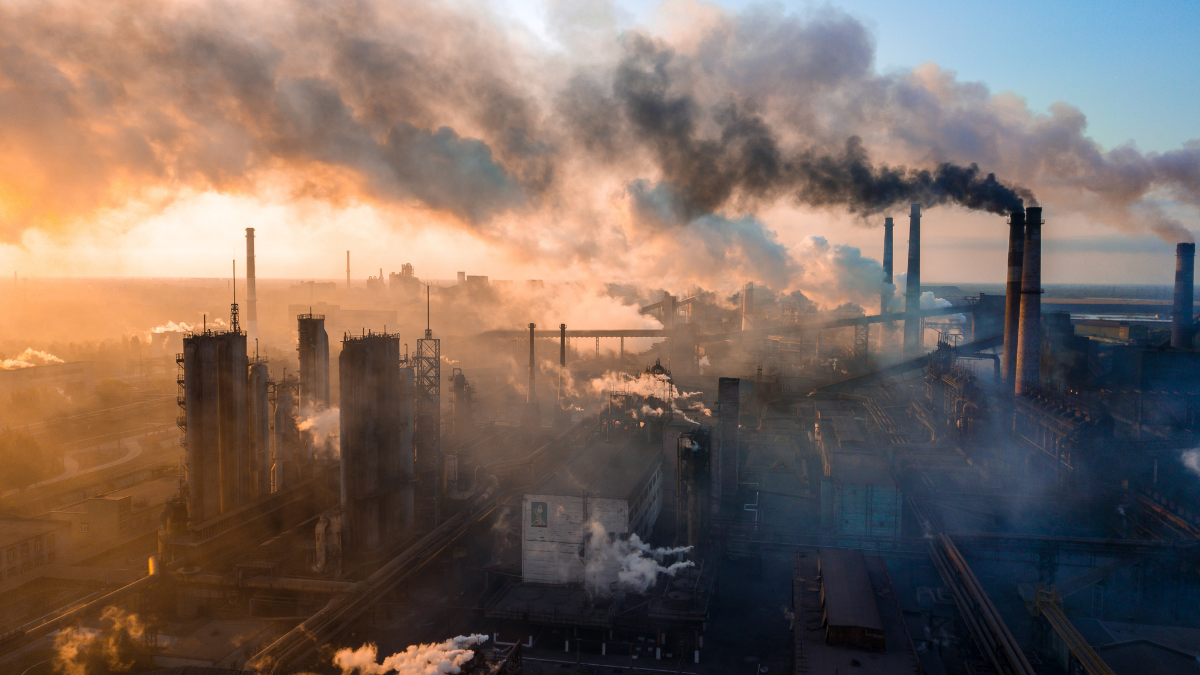
November 15, 2021
The damage rising ocean temperatures and sea levels are inflicting on ocean ecosystems and the thermal properties of sea water.
Climate change is the defining issue of our generation as the human population continues to inflict irreversible damage and worsen the already fragile state of our planet. From dramatic weather patterns to rising sea levels and flooding in coastal areas, climate change has become a critical issue that has the potential to jeopardize the health of this planet beyond repair. As global warming continues to trigger an increase in the temperature of the atmosphere, ocean temperatures are also rising at an alarming rate.
This spike in temperature is having a major impact on ocean biodiversity, productivity and as a consequence, the lives of humans. More than 90% of the total warming that has happened on earth over the past 50 years has occurred in the ocean. Recent studies have estimated that the warming of the upper ocean layer has accounted for over 63% of the total increase in the amount of stored heat in the climate system from 1971 to 2010.
This heat that is currently being stored in the ocean will eventually be released back into the atmosphere causing an even more dramatic warming event. Without an immediate decline in emissions and greenhouse gasses, the world’s ecosystems could experience damage far beyond repair.
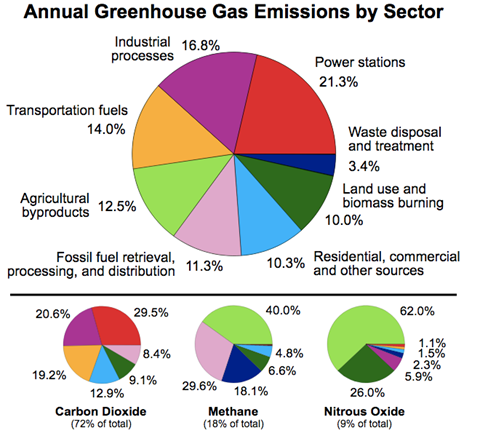
Figure 1: Annual global greenhouse emissions sorted by industry sector.
Oceans cover approximately 70% of the earth’s surface and extend over 3688 meters deep. Heat that has been absorbed into the ocean is redirected around the globe via currents and energy transfer. The ocean is the largest collector of solar energy on the planet by obtaining most of its heat from sunlight. Clouds, water vapor and greenhouse gasses also emit heat that the ocean absorbs.
Heat transfer in liquids occurs through processes known as thermal conduction and thermal convection. Conduction is the transfer of thermal energy through direct contact, whereas convection refers to the transfer of energy through the movement of a liquid or gas. The rate of convection can be determined by using the equation q=h∙ΔT where q = local heat flux density [W∙m2], h = heat transfer coefficient [W∙m2∙Kelvins] and = temperature difference (Kelvin). The ocean retains heat energy very easily and will generally not release it into the rest of earths systems for decades.
Another unique property of water is its high specific heat capacity. This means that water will require significantly more energy to heat up than air. The specific heat is the amount of energy required to raise one-unit mass of a substance by one unit in temperature. The specific heat of air is 1158 Joules and the specific heat of water is 3850 Joules. In comparison to air, one kilogram of seawater requires three times as much energy to heat.
Although oceans can take a substantially longer time to experience an increase in temperature by one degree Celsius compared to air, even a minor change in temperature can have a profound impact on marine life. One of the most damaging impacts to marine habitat that is a direct result of rising water temperatures is known as coral bleaching.
Coral reefs are essential to the health of the oceans because they assist in nutrient cycling and carbon fixation. When the ocean water gets too warm, corals will expel the symbiotic algae (zooxanthellae) that live in their tissues. The zooxanthellae and coral exhibit a mutualistic relationship where they co-exist together and assist in one another’s survival.
When the surrounding water gets too warm, these algae will leave their reef habitats causing the coral’s colour to fade until it has a bleached like appearance. A change as minor as 2 degrees can drive algae out of their habitats. Corals can survive a bleaching event but if they continue to be exposed to warm temperatures or high stress, they can become extremely vulnerable to mortality.
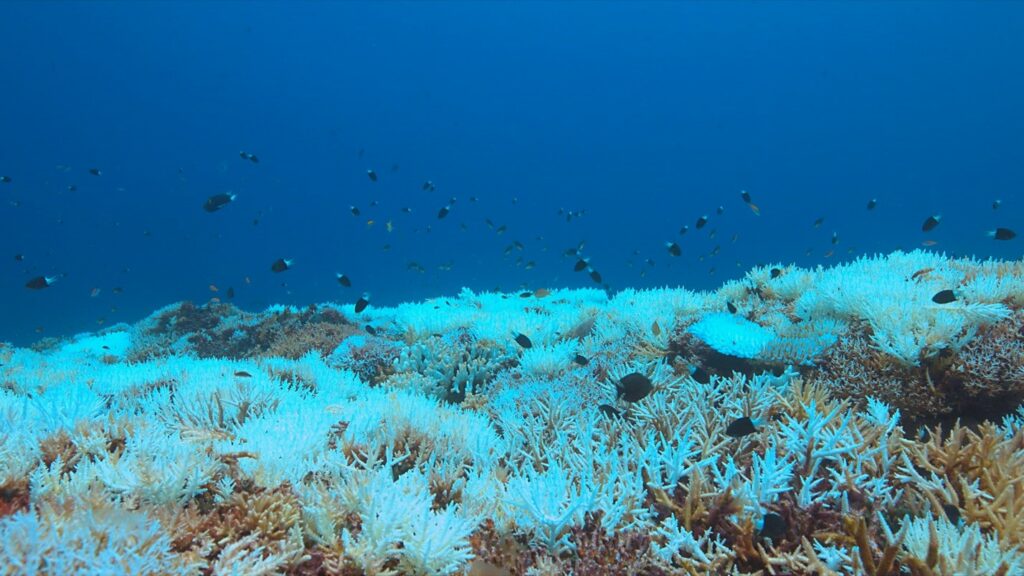
Figure 2: Example of a coral reef that has experienced a recent bleaching event.
Coral bleaching can be an extremely devastating event for a marine ecosystem to experience. Once coral die, they rarely come back and with few corals surviving, they struggle to reproduce and the entire reef ecosystem will begin to deteriorate. Coral reefs are known as biodiversity hot spots as they provide food and habitat to some of the most ecosystems on the planet.
Coral bleaching even has the potential to impact human’s lives by decreasing food security and resources for many coastal communities that rely on these habitats as their main source of nutrition. 1/5th of all corals in the world have died in the past three years and if the ocean temperatures continue to climb at their current rate there is a high probability that all of these diverse ecosystems will be lost indefinitely.
Another consequence of warming oceans that is inflicting damage on marine wildlife is the decline in the amount of dissolved oxygen present in the water. Dissolved oxygen refers to the level of free, non-compounded oxygen available in the water. It is extremely dependent on temperature as higher water temperatures hold less oxygen.
It is a crucial parameter to access as it can have a dramatic impact of the health of many organisms living in that body of water. Dissolved oxygen is a necessary component for the survival of many forms of aquatic life including fish, invertebrates, bacteria and plants.
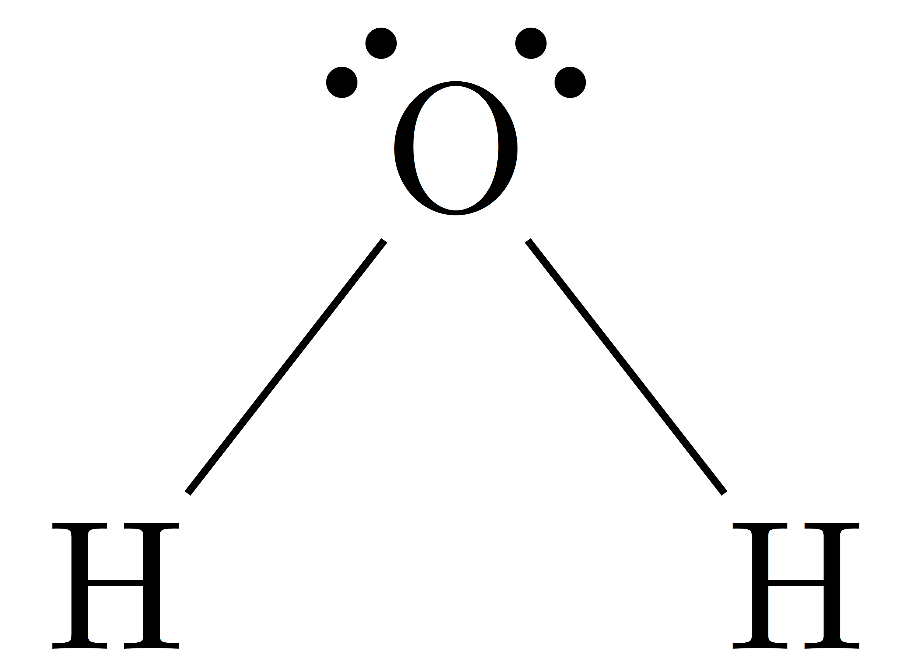
Figure 3: Lewis diagram depicting the structure of a water molecule.
Most of the oxygen that is present in the ocean is produced through photosynthesis by phytoplankton (microscopic marine algae and kelp). These primary producers are found in extreme abundance in the epipelagic zone which is the upper most layer of the ocean that receives the most sunlight. This zone is also extremely biodiverse and is the region that coral reefs inhabit.
Sunlight can penetrate up to 100 meters below the surface making this region the most oxygen rich layer. Most marine species are heavily reliant on a high amount of oxygen for efficient respiration. Species that live below this region are heavily dependent on ocean currents to deliver oxygen to them. If there is a lack of oxygen in the epipelagic layer (due to high water temperatures), this would also result in the layers below becoming severely oxygen depleted.
The solubility of oxygen decreases as water temperature increases. Cold water will automatically have a better capability of holding a higher concentration of dissolved oxygen than warm, shallow surface waters. Salinity (salt concentration) also plays a role in effecting the dissolved oxygen concentration of a body of water.
Most seawater exhibits a salt concentration of 35 parts per million or 3.5%. This property explains why salt water automatically has an average of 20% less dissolved oxygen than freshwater. Ocean water naturally has less dissolved oxygen readily available to be used by aquatic wildlife for respiration making it even more crucial to preserve what is already there.
Warm water occupies more space than cold water due to the molecules being spaced further apart. As water heats up, it gains more kinetic energy and the molecules begin to “spread apart”. This phenomenon is referred to as thermal expansion and along with the melting of sea ice and glaciers, can explain the majority of the displayed rise in sea levels. The global sea level has risen by over 23cm since 1880 with the current rate of increase being 0.32cm a year.
Higher water levels can cause severe damage to coastal communities, infrastructure and can force the residents of these areas to relocate. On a global scale, this increase in sea level is extremely concerning because 11 of the 15 largest cities in the world are located directly on the coast. Not only could this impact the safety of the people living in these areas but the infrastructure damage has the potential to cost a tremendous amount of money. In 2015, flooding in major cities across the world inflicted over $6 billion USD of infrastructure damage and this price tag could increase to nearly $1 trillion by 2050.
The loss of sea ice is also having a negative impact on some animal species. For example, polar bears rely heavily on the presence of sea ice for transportation and seal hunting. When the sea ice is thinning or depleted, the polar bears cannot effectively hunt which put them at risk for dying from starvation.
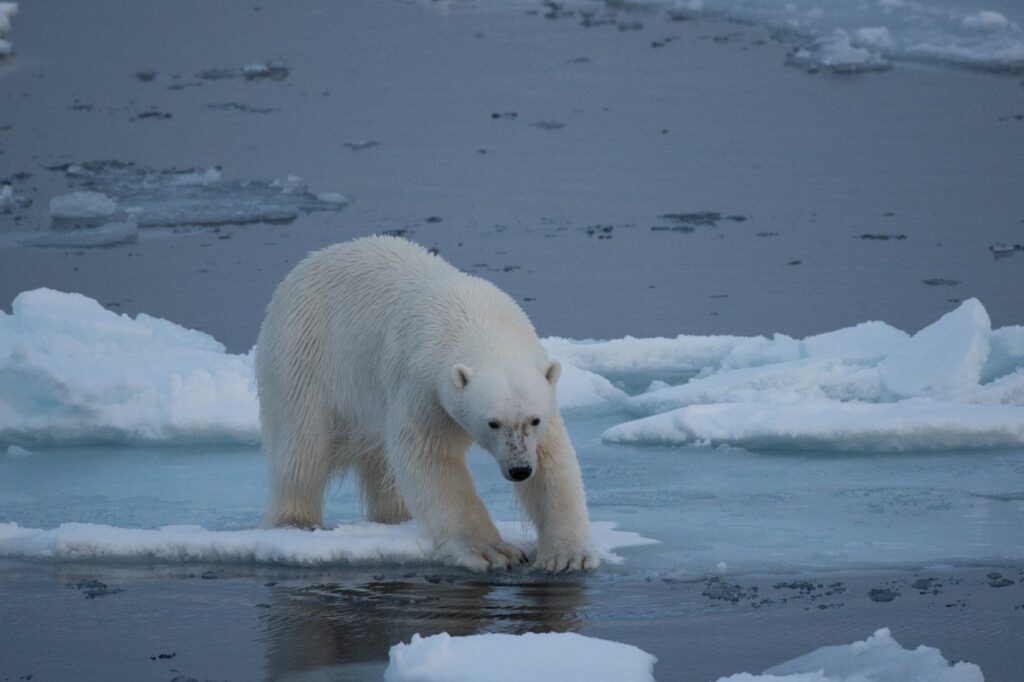
Figure 4: Polar bear standing on a thinning sheet of sea ice.
As the climate warms, increasing ocean temperatures will continue to cause changes in ecosystems around the globe. Some of the most biodiverse regions are at a high risk of being completely destroyed as coral reefs can no longer survive in their warming environments. The melting of polar ice caps and the thermal expansion of water continue to contribute to the rise in sea level.
Coastal settlements are being impacted by severe and more frequent flooding and northern species such as polar bears are struggling to find the resources they need to survive. Ocean temperatures will continue to rise unless the human population collectively acts against global warming and climate change.
If the oceans continue to warm at their current rate, a 0.4-1.1 degrees Celsius increase is projected by 2025 (Ocean Health Index 2020), which would eliminate all remaining coral reefs and have a profound impact on the species diversity of the entire ocean. Legislation such as the Paris Agreement and Kyoto Protocol are working to combat these negative impacts and demand positive changes within society but without a world-wide effort against climate change, this human inflicted destruction on ocean ecosystems is unlikely to decrease within the near future.
Climate Change: Ocean Heat Content: NOAA Climate.gov. (2020, February 13). Retrieved July 25, 2020, from https://www.climate.gov/news-features/understanding-climate/climate-change-ocean-heat-content
Dissolved Oxygen. (2019, January 23). Retrieved July 25, 2020, from https://www.fondriest.com/environmental-measurements/parameters/water-quality/dissolved-oxygen/
Everything You Need to Know about Coral Bleaching-And How We Can Stop It. (n.d.). Retrieved July 25, 2020, from https://www.worldwildlife.org/pages/everything-you-need-to-know-about-coral-bleaching-and-how-we-can-stop-it
Ocean heat. (n.d.). Retrieved July 25, 2020, from https://energyeducation.ca/encyclopedia/Ocean_heat
Oxygen ” World Ocean Review. (n.d.). Retrieved July 25, 2020, from https://worldoceanreview.com/en/wor-1/ocean-chemistry/oxygen/
Pierre-louis, K. (2019, January 10). Ocean Warming Is Accelerating Faster Than Thought, New Research Finds. Retrieved July 25, 2020, from https://www.nytimes.com/2019/01/10/climate/ocean-warming-climate-change.html
US Department of Commerce, N. (2010, March 15). What is coral bleaching? Retrieved July 25, 2020, from https://oceanservice.noaa.gov/facts/coral_bleach.html
J.M.K.C. Donev et al. (2016). Energy Education – Ocean heat [Online]. Available: https://energyeducation.ca/encyclopedia/Ocean_heat. [Accessed: July 16, 2020].
Cover Image from TR STOK on Shutterstock.